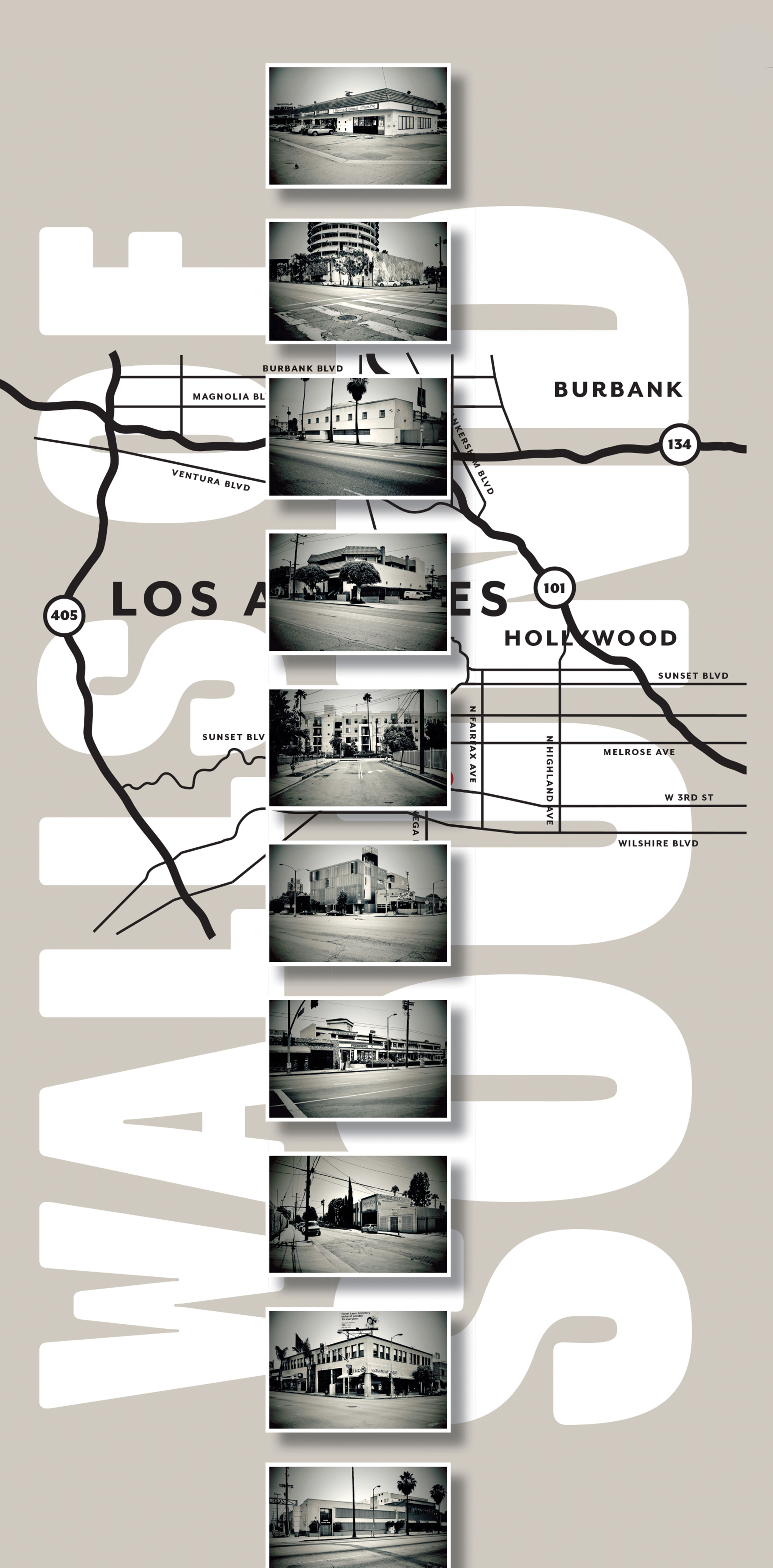The most remarkable thing about McDSP's APB-16 is just how simple it is to use. One of their ads says, "The Future is Here," and they're not wrong! It really feels like Colin McDowell and his team has travelled back from the year 2029 in order to bring this revolutionary tech, the world's first programmable analog processor, to us poor souls who lack a time machine. But what's most surprising to me is how well everything just works!
So, what is this thing and how does it work? APB stands for "analog processing box," which seems intentionally vague to me. You plug the single rack space unit into your computer with a Thunderbolt 2 or 3 cable (two ports on the back, which is nice), connect the word clock input to your converter, and install the six APB plug-ins into your computer. So far, this all feels very similar to using Universal Audio's DSP plug-ins, but this box costs so much more and currently only supports six compressors. Why? The answer is where it gets really interesting: the 16 dynamics processors in this thing are all analog! For under $7,000 (street price) you get 16 channels of incredibly flexible analog compression. That's $437.50 per channel, which is actually quite a good deal!
According to the website, here's how the APB-16 processes signal: "An APB plug-in takes the input audio signal, combines it with a control signal, and sends both along a Thunderbolt connection to an APB hardware unit for processing. The control signal sets up the analog components to do the selected algorithm with all the parameter values, and the audio signal is processed in the analog domain, and then converted back to the digital domain, and appears at the output of the APB plug-in back inside the Pro Tools session." Note: Currently, the APB-16 is designed for the AAX Native format with support for Pro Tools 12, 2018, and 2019 only.
There are zero knobs on the front because everything is controlled via the APB plug-in's GUI. You simply insert an instance of an APB plug-in, just like you would any other, and all the analog routing is taken care of for you instantly. Just like any other plug-in, settings can be saved as presets, and the APB plug-ins are all sample accurate. When you re-open a saved session, each channel is instantly recalled, including routing, settings, and even your automation. No patch cables and no need to fill your phone with photos of your compressor settings for a manual recall nightmare. The whole thing runs at 32-bits, and gain staging is taken care of – you absolutely cannot clip the internal converters, no matter how hard you drive the analog stage into distortion. So much care has been put into this design that you'll almost forget you're not just using any other plug-in. It simply just works!
Currently McDSP offers six compressor APB plug-ins/processes, each with its own unique flavor, but marketing is clearly teasing at more to come. Originally, McDSP's owner and lead designer Colin McDowell had no plans to add EQ processing for the APB-16, but now says, "I think we can nail an EQ curve (eventually). When most folks use outboard analog EQ they are looking for that EQ tone (with) a saturation component to the sound. By leveraging a digital EQ design that is also calibrated/complimentary to a saturation circuit setup in the APB-16, I think we can deliver some cool hybrid EQs to folks down the road." APB-16's compressors, like the analog compressors in my rack, can be clean and sweet, or nasty and aggressive – all six compressors sound great, and were designed for both utility and character. Of course, there were a few processors
I connected with instantly.
I really loved the ChickenHead Compressor; it just sounds great on anything. The controls are very standard except for the Sauce button that I left engaged about 80% of the time. When compressing heavily, Sauce mode seems to open the top end in a very natural way while bringing energy to the source. The C673-A Dynamic Range Compressor is an obvious nod to the Fairchild 670, with its familiar Time Constant controls, and felt really comfortable to me. I loved mixing individual drum channels with the C-18 Compressor while utilizing its BITE control. I used the El Moo Tube Limiter on horns and bass, and particularly loved the sound ofthe Saturation knob on both instruments. There are more flavors of compression, including the Moo Tube Compressor and the L-18 Limiter, and I'm sure there will be even more to come. It really seems like we're just scratching the surface of what's possible with this box, and with the term "analog processing," it seems that the team at McDSP are not planning to stop with this first entry round of six compressors.




_disp_horizontal_bw.jpg)